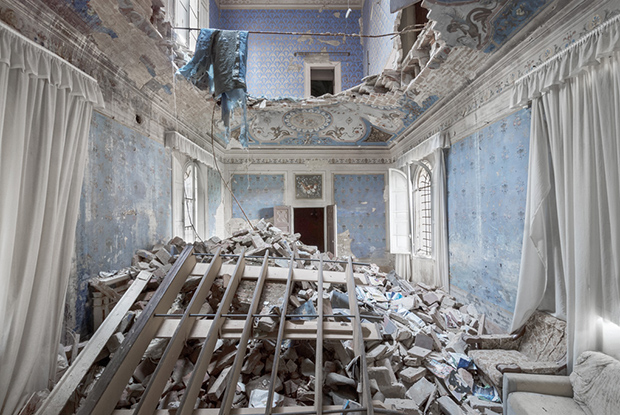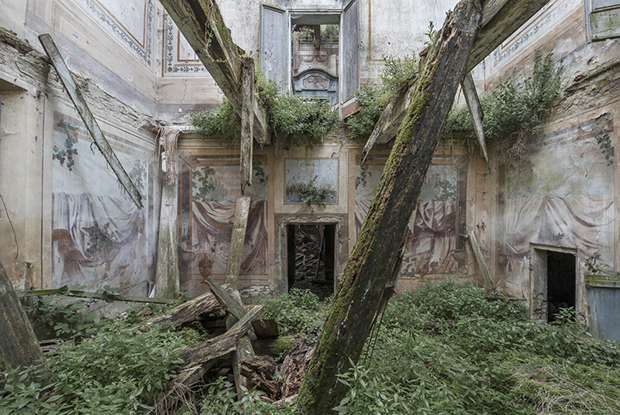1) The artist's name is Richard Higginbottom, he lives and works in Cheshire, UK. The pictures that I have chosen belong to his sequence called Vivarium. He shoots with a medium format camera and, very rarely now, large format. Higginbottom always uses the same speed and brand of film for the aesthetic and over time he developed an awareness of its intricacies.He likes the quality and detail that can be achieved with a large negative.
2) Higginbottom enjoys photographing his surroundings and finds inspiration in books, cinema and also his family and friends. The main influence on his photographs he receives from his surroundings. The artist seeks environments that are new to him and could offer him an opportunity for exploration. Speaking about his work in general, he wants the viewers to think about what is going on underneath the surface, by engaging in a process of interpretation. He also mentions that he wants to generate different kind of feelings in a viewer so they could take away something positive from his works.
3) We tend to choose artistic works that we like because it is what draws our attention. In fact, it is much easier to describe something that generates emotions. As I was challenged to describe a work that I don't like I chose Vivarium of Richard Higginbottom. When I see this particular sequence (although I looked for other photographs of this artist and didn't find anything I might possibly like) they all look the same to me. They don't generate emotions in me. Only the question: "what is it about?" I was looking for some kind of explanation; what might those objects found or placed in the middle of the forest mean. However I couldn't find a satisfying explanation. Maybe we could find the answer in its name "Vivarium" which translates from Latin as an enclosed area for keeping and raising animals or plants for observation or research. Although we see different objects in some pictures those are landscapes. Normally landscape photographers try to present us a pleasant, beautiful almost perfect picture of nature. Maybe this artist is trying to show us the reality, how the real forest looks like without Photoshop full of human traces. Maybe Vivarium is a study of the influence that people exert on nature, maybe there is some kind of idea behind it that would make these works look at least a little bit interesting to my eyes. Unfortunately, I couldn't find out, but I hope it has a meaning, otherwise it is boring and has no artistic meaning to it.












































